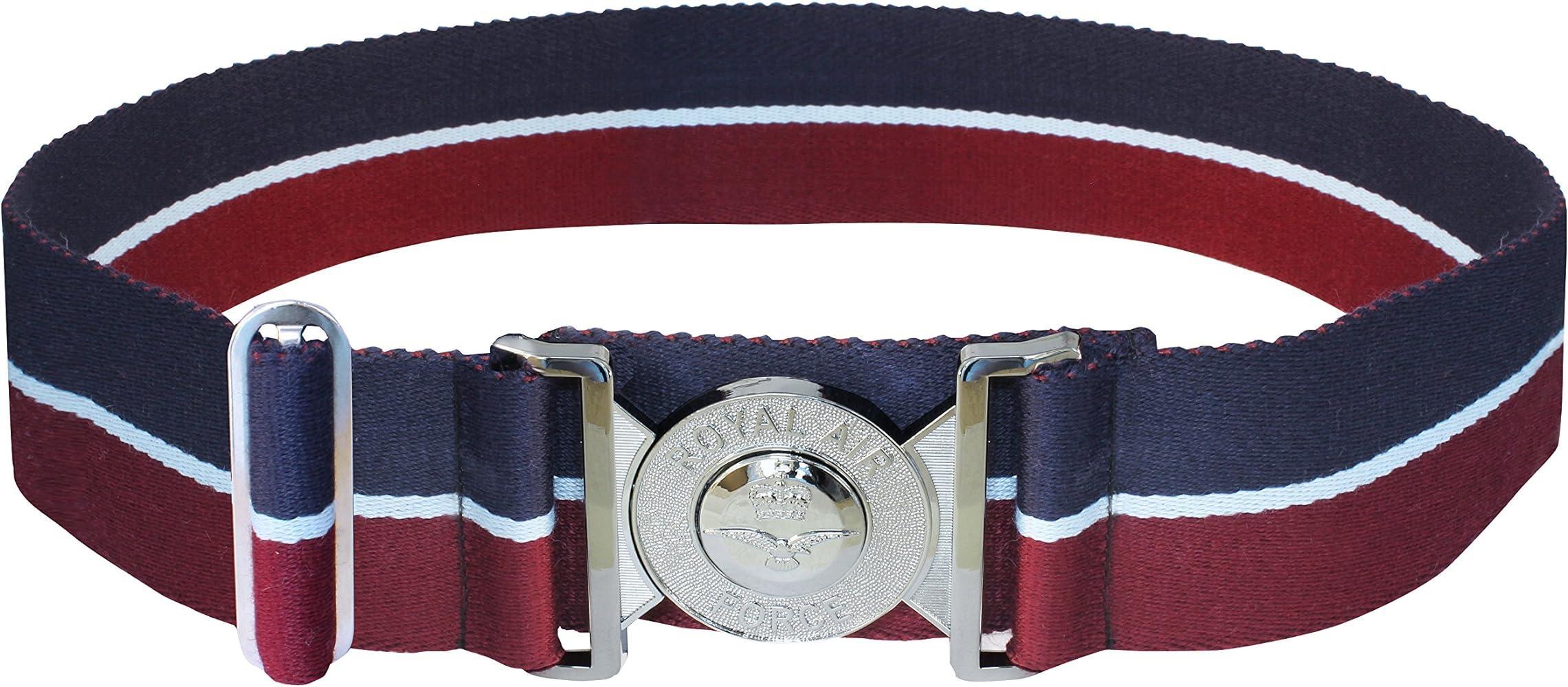
In modern implant dentistry, precision and efficiency are key to successful treatment outcomes. One major decision clinicians face when planning full-arch implant restorations is choosing between ICAM photogrammetry and traditional impression techniques. Both aim to accurately capture the position of implants, but the way they do it—and the level of accuracy achieved—differs significantly. In this article, we’ll compare ICAM photogrammetry with traditional impressions to help you determine which method offers better results for implant dentistry.
What Is ICAM Photogrammetry?
ICAM photogrammetry is a digital technique that uses high-resolution images and specialized software to map the exact three-dimensional positions of dental implants. Using a photogrammetry device—such as the ICAM4D system—and coded scan flags attached to the implants, the technology triangulates spatial coordinates with extreme accuracy.
Unlike intraoral scanners or traditional impression trays, ICAM photogrammetry doesn’t capture the soft tissue or tooth anatomy—it focuses solely on the implant positions. This makes it especially ideal for full-arch implant restorations like All-on-4 or All-on-6 treatments, where precision is critical.
What Are Traditional Impressions?
Traditional dental impressions involve using a tray filled with impression material (like polyvinyl siloxane or alginate) to capture the shape of a patient’s teeth and implants. The material sets in the mouth and is then used to create a physical model or cast, which is later digitized or sent to a lab for prosthetic fabrication. While this method has been used for decades, it is not without limitations, especially in complex implant cases.
Accuracy Comparison
- ICAM Photogrammetry:
ICAM photogrammetry offers micron-level accuracy, even in full-arch cases. Since it directly captures implant positions using photogrammetric triangulation, the risk of distortion or error is minimal. - Traditional Impressions:
With traditional impressions, distortion can occur due to material shrinkage, improper tray seating, or movement during setting. For single implants, this might be manageable, but for full-arch restorations, the cumulative error can significantly affect the fit.
Time Efficiency
- ICAM Photogrammetry:
The entire process—from attaching scan flags to capturing data—can take under 10 minutes. No need for retakes or waiting for materials to set. - Traditional Impressions:
It typically takes 20 to 30 minutes, including setting time, pouring the model, and shipping to the lab (if not done digitally). Retakes are also more common.
Patient Comfort
- ICAM Photogrammetry:
It is minimally invasive. There are no messy impression materials, trays, or long wait times. Patients usually prefer the digital approach, especially those with gag reflexes or anxiety. - Traditional Impressions:
Impression materials can be uncomfortable, especially for full-arch impressions. Gagging, discomfort, and long chair time are common complaints.
Clinical Workflow Integration
- ICAM Photogrammetry:
Integrates seamlessly into fully digital workflows. Data can be exported directly to CAD/CAM systems, reducing turnaround time and improving lab communication. - Traditional Impressions:
While digital models can be made from physical impressions, the process involves more steps and introduces potential for error in each phase.
Cost Considerations
- ICAM Photogrammetry:
The initial investment in the ICAM system can be significant. However, the long-term benefits—such as fewer remakes, reduced chair time, and increased efficiency—often offset the cost. - Traditional Impressions:
Lower upfront cost, but higher long-term expenses due to increased labor, materials, shipping, and potential remakes.
Final Verdict: Which Is Better?
When comparing ICAM photogrammetry and traditional impressions, the digital method clearly stands out in terms of accuracy, efficiency, patient comfort, and workflow integration. For implant-focused practices—especially those handling full-arch restorations—ICAM photogrammetry is a game-changer. That said, traditional impressions still have a place in certain clinical scenarios, particularly for general prosthodontics or when digital resources are limited.
Read More ( Click Here )




